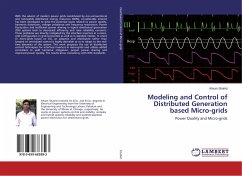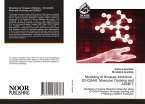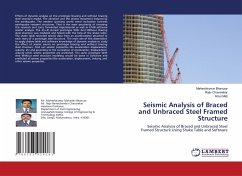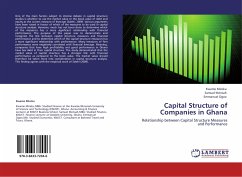This volume is structured to guide the reader through the theoretical foundations of molecular docking and 3D QSAR, followed by detailed case studies on substituted aryl acid hydrazones. Emphasis is placed on the predictive power of computational models, supported by robust statistical validation, to streamline the drug discovery process and reduce reliance on extensive experimental screening. The ultimate goal is to bridge the gap between computational chemistry and medicinal chemistry, fostering a rational approach to the development of next-generation anticonvulsant agents.The rationale for focusing on halogen substituents arises from their well-documented influence on molecular properties, including lipophilicity, electronic distribution, and binding affinity to biological targets. These findings not only deepen our understanding of molecular determinants of anticonvulsant action action but also guide the design of more potent and selective candidates for synthesis and biological evaluation.
Bitte wählen Sie Ihr Anliegen aus.
Rechnungen
Retourenschein anfordern
Bestellstatus
Storno








